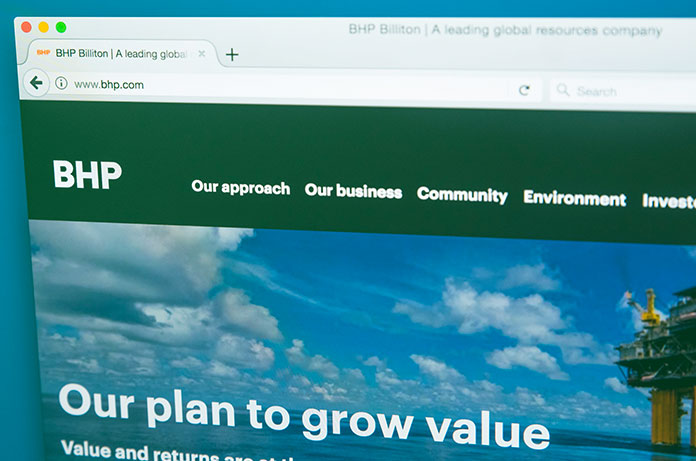
Australian investors are largely denied the same range of investment choices as investors in other developed nations and should be outraged.
Corporate bonds mostly remain the domain of institutional and professional investors for no good reason. Positively, companies such as the XTB company, Australian Bond Exchange and other bond brokers such as FIIG Securities, Cashwerkz and BCG Mint Partners are making the wholesale market more accessible.
There is a range of reasons that the bond market hasn’t developed to its full potential. Importantly, the current wholesale over the counter bond market where minimum trades are $500,000, works well. It’s fast and efficient and demand for new issues frequently outstrips supply, so why change a system that already works?
The market could be bigger and have more depth, benefitting companies and individual investors. It would be a win, win situation.
[Related Reading: Three Different Types of Bonds And How They Work In Different Economic Climates]
There is plenty of cash sitting on the sidelines earning paltry returns. Deposit rates keep heading lower as the banks don’t need the cash. Giving individual investors better access to corporate bonds as Robert Gottleibsen suggested in an article a few weeks ago in The Australian would provide more options for their savings at higher rates of return, without having to jump to the riskier and more volatile share market to find better yields.
It is a case of giving Australians the chance to invest in a lower risk manner in the same Australian companies that they already know and understand.
To be fair, making corporate bonds more accessible needs action on multiple fronts, greater issuance by Australian companies is just one factor. Others include fairness in the tax system – a parliamentary review is currently underway, and a more concerted effort in educating investors about the asset class and diversification generally.
Conversely, issuing bonds in international markets makes sense for large companies. They diversify markets and their investor base as well as currencies to hedge sales and expenses in international operations. In the case of mining companies, commodities are priced in USD, so it makes sense that they borrow in that currency to avoid AUD/ USD fluctuations.
In the past, there have been hindrances to a more developed domestic bond market.
[Related Reading: Virgin’s Sale Drama puts retail bonds in the spotlight]
Australian interest rates have been higher than other countries, making it more expensive to issue in the domestic market. Low global interest rates have reduced the differential.
A smaller market has meant greater uncertainty for issuers about achieving the funding at the term, rate and size that they would like. Issuers want the flexibility to raise on their terms and don’t want the stigma of failing to raise a targeted sum. So, more sizeable or more complicated issuance has been sought offshore where larger markets can easily absorb bigger deals and there’s broader acceptance and higher demand.
This year, the Australian corporate bond market has seen growing acceptance of longer-dated, larger deals. For example, back in May, Woolworths issued $1 billion in two tranches, $400 million with a five-year term and $600 million over ten years. The issue was oversubscribed with $3 billion worth of bids.
For many years, companies with sub-investment grade credit ratings or no credit rating had no option but to tap the US market. The Australian high yield market has been growing, helping companies like NextDC, Zip Money and Seek with funding.
Virgin Australia’s high yield ASX listed issuance was a milestone. It’s extremely disappointing to see the company in administration and I fear it will set that part of the market back. But high yields mean high risk and in that segment of the bond market investors must expect some companies will default and they may lose money.
The bond market is an important avenue for companies to raise funds. Few realise just how important or the value involved. So, let’s look at a few examples of the ‘big Australians’.
At the end of FY19, BHP had $24.8 billion in outstanding interest-bearing liabilities, that is bank loans, bonds and other debt instruments. Roughly half was denominated in US dollars, then circa 30 per cent in euros and 12.5 per cent in pounds sterling. Just 3.8 per cent or $951 million was denominated in Australian dollars.
Banks are big bond issuers, and in its 2019 annual report, CBA stated it had $164 billion outstanding in debt issues. The greatest proportion, $68 billion issued in US dollars, followed by $39.6 billion in GBP and $37.9 billion in AUD.
Opportunities for companies and investors abound.





























